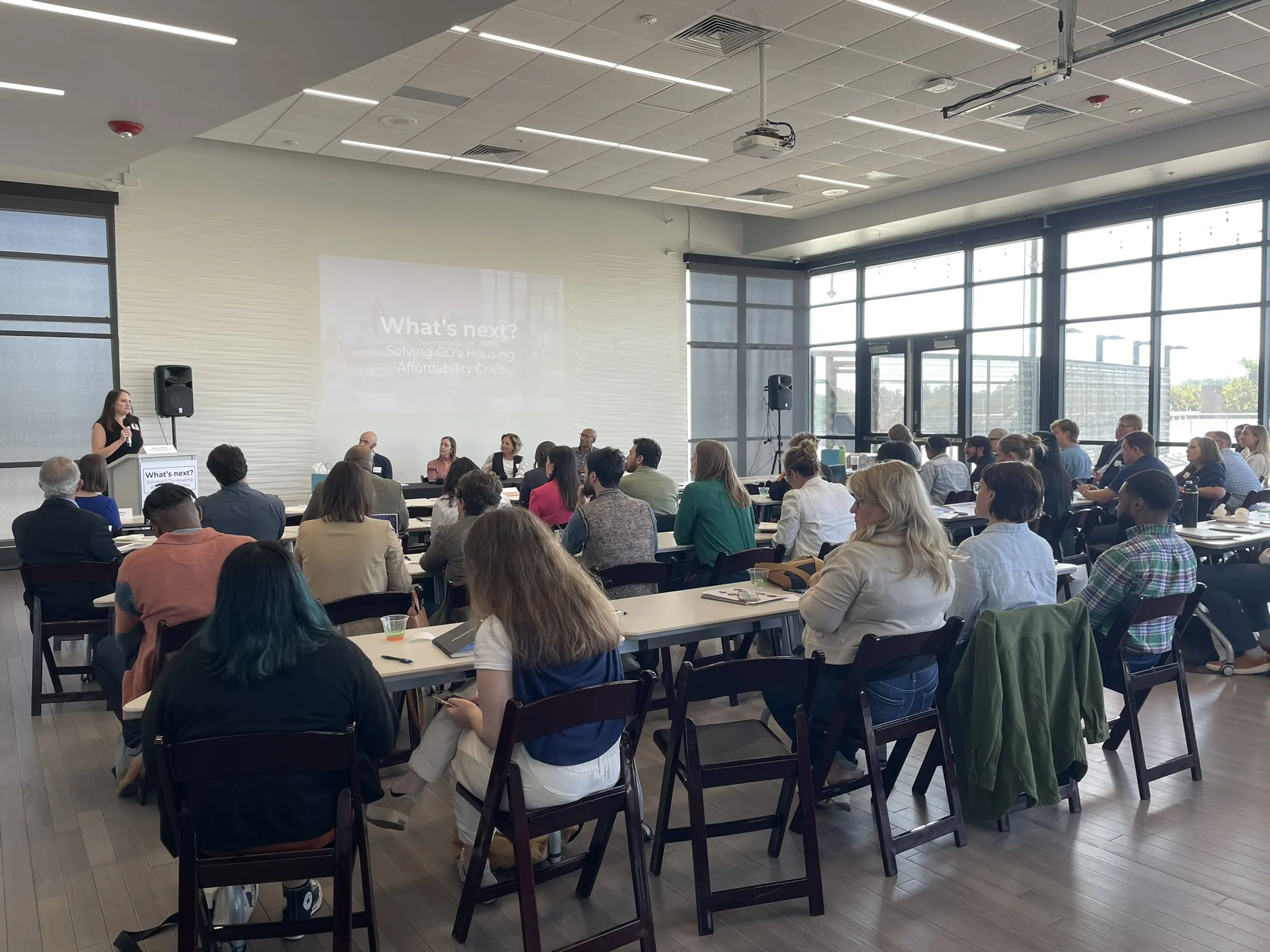Wells: Census data shows need for enlightened housing policies
What are the impacts of growth-limitation policies? The incoming 2020 U.S. Census data is beginning to paint a picture of just what these impacts look like in our state and in Northern Colorado. And it looks like policy makers will need to steer a new course to keep from wreaking havoc on housing price economics.
It should come as no surprise that our population has grown dramatically in Colorado over the past two decades, from 2000 to 2020. That growth has continued to change the skylines, the communities, and the infrastructure throughout our region.
(Note that the latest Census data is trickling in. Due to delays in the 2020 Census process caused by COVID-19, along with much stricter privacy policies and regulations to protect personal information, it will take additional time to get a full picture of the demographic makeup.)
SPONSORED CONTENT
But as the 2020 Census data takes form, we are starting to see how the state’s growth across each of the last two decades — roughly the same in actual added population — were significantly different in terms of how they affected our housing market.
Here’s what we mean:
Between 2001 and 2010, Colorado added 727,935 new residents. From 2011 to 2020 we welcomed another 744,518 people.
Compare that to the growth in housing units.
Between 2001 and 2010, a total of 404,861 more housing units were created here, or more than one for every two additional residents. Between 2011 and 2020, we added only 288,784 total housing units, or just one for every 2.6 new residents.
As this data reflects, Colorado added 16,583 more people in the most recent decade than it did between 2001-2010 — but with 116,077 fewer total housing units to support that added population.
With such a gap between population and housing growth, we can see how the stage was set for a supply-and-demand imbalance, and the latest surge in housing prices — for both buyers and renters. And limiting growth in the state will further amplify the problem. By matching population trends with responsible standards for planning and development, state and local governments can create a healthier balance for the next decade.
Certainly, nobody could have seen a pandemic and the impact that’s made on the reshuffling and distribution of population. However, the next decade will be defined by policy makers and their willingness to responsibly harness growth — not stop it dead in its tracks. The consequences of no-growth policies can only be hazardous to housing economics in the years ahead.
Housing data by the decade
Larimer County
Housing unit growth
2001-2010
27,330 from 105,392 (2000) to 132,722 (2010)
2011-2020
26,725 (20%) from 132,722 (2010) to 159,447 (2020)
Population growth
2001-2010
48,136 from 251,494 (2000) to 299,630 (2010)
2011-2020
59,436 (19.8%) from 299,630 (2010) to 359,066 (2020)
Median price growth (single-family detached)
2010 – $245,000
2021 (YTD) – $485,500
Weld County
Housing unit growth
2001-2010
30,087 from 66,194 (2000) to 96,281 (2010)
2011-2020
17,714 (18%) from 96,281 (2010) to 113,995 (2020)
Population growth
2001-2010
71,889 from 180,936 (2000) to 252,825 (2010)
2011-2020
76,156 (30.1%) from 252,825 (2010) to 328,981 (2020)
Median price growth (single-family detached)
2010 – $180,000
2021 (YTD) – $459,850.
State of Colorado
Housing unit growth
2001-2010
404,861 (22.4%)
2011-2020
288,784 (13%) to 2,501,682
Population growth
2001-2010
727,935
2011-2020
744,518 (14.8%) to 5,773,714
Median price growth (single-family detached)
2010 – $215,625
2021 YTD – $506,000
Source: IRES
Brandon Wells is president of The Group Inc. Real Estate, founded in Fort Collins in 1976 with six locations in Northern Colorado. He can be reached at bwells@thegroupinc.com or 970-430-6463.
What are the impacts of growth-limitation policies? The incoming 2020 U.S. Census data is beginning to paint a picture of just what these impacts look like in our state and in Northern Colorado. And it looks like policy makers will need to steer a new course to keep from wreaking havoc on housing price economics.
It should come as no surprise that our population has grown dramatically in Colorado over the past two decades, from 2000 to 2020. That growth has continued to change the skylines, the communities, and the infrastructure throughout our region.
(Note that the latest Census data is trickling…




